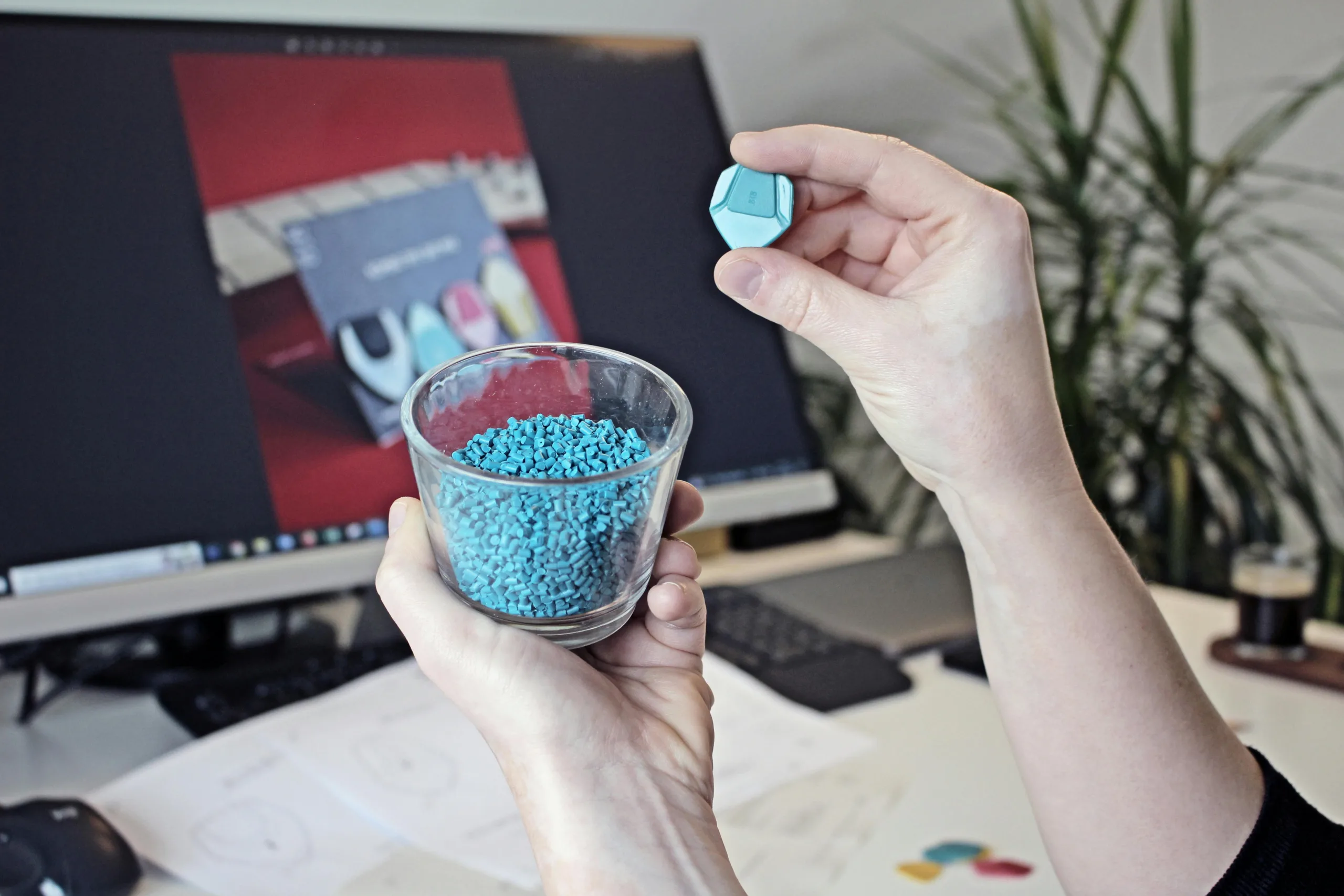Polymers are ubiquitous materials used in construction, engineering, and countless commercial products. These applications can be as varied as the polymeric materials used in medical devices, pharmaceuticals, food and beverage packaging, and personal care cosmetics. They are made from repeating chains of bonded molecules that are typically organic but, in some cases, may even be inorganic in nature.
Natural rubber is a polymer consisting of the simple hydrocarbon isoprene, while polyethylene (PE) is a synthetic plastic manufactured from ethylene monomers. A typical polyethylene may consist of up to 200,000 monomers, the composition, and concentration of which can have a significant impact on the qualities of the end-product.
Polymer Analysis and Polymerization
Polymerization is the process that causes small molecule monomers to covalently bind with one another and form tough interlinking polymer chains. The polymer chain can be formed using a range of chemical species by heating or pressurizing samples in the presence of catalyzing agents. An assortment of engineering techniques is used to manufacture polymers with varying molecular weights and chemical-mechanical properties. For example, some epoxy resins are made through copolymerization with an amine, a process in which the polymer reacts with a hardener to form the final product.
The physical properties and the applicability of a given polymer product fundamentally depend upon the composition and stability of monomers, additives, and copolymers used in the polymerization process. Analysis of the raw materials routinely precedes polymerization for quality control procedures. Continuing with the example of copolymerization, polymer analysis may reveal the materials’ deformation properties, which can then be modified through additional curing or hardening stages during manufacture.
Polymer Analysis and Deformulation
Polymer analysis is also a routine part of product deformulation and failure analysis. Mass spectrometry and gel permeation chromatography are widely used methods for assessing the composition, and both the primary and residual concentration of monomers in an end-product. These methods can also be used to measure the molecular weights of polymers of up to millions of molecular weight.
The importance of polymer analysis cannot be understated. It is used for both research and development, quality control, and failure analysis in an enormous range of industrial and commercial applications. Products from biodegradable plastic bags to carbon-reinforced-polymer car parts depend on polymer analysis to ensure that the material can withstand application-specific strains and conditions.
Polymer Analysis with RQM+ Lab Services
Polymer analysis is at the heart of what we do at RQM+ Lab Services. We have been successfully analyzing polymeric products since 1980, having already assessed every major class of commercially available polymers including:
- Polyolefins (PE, PP etc.)
- Styrenics (PS, ABS, SAN etc.)
- Biodegradable Polymers
- Butadiene-based, natural and synthetic rubbers
- Polysiloxanes
- Thermoset resins (melamine, phenol formaldehyde, epoxy etc.)
- Polyesters (PET, PBT, PCL, PGA, PLA etc.)
- Polyethers (PEG, PPG etc.)
- Polycarbonates
- Nylons
- Vinyl polymers (PVC, PVA, EVOH)
- Polysaccharides and Cellulosics
- Polyurethanes and ureas
- Methacrylates and acrylates
- Cationic, anionic and zwitterionic polymers
- Fluoropolymers
If you would like any more information about performing polymer analysis with RQM+ Lab Services, please do not hesitate to contact us.
